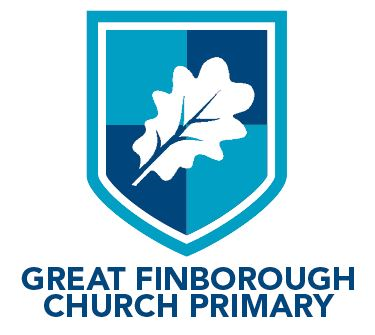
Throughout the school the phonics teaching is based on the government ‘Letters and Sounds’ document.
Most children start in phase one, depending on their pre-school phonics experience. This phase involves a wide range of sound discrimination activities and leads into verbal segmenting and blending of simple words and an awareness of the phonemes (sounds) used in the creation of words. By the end of the first half term, most children will be moving into phase two, with the expectation that most children will be ready to move into phase three during the spring term and phase four by the end of the year. Phase two introduces letter shapes (graphemes) and relates these to the sounds (phonemes). This relationship is known as GPC – grapheme-phoneme correspondence. Phase two introduces mainly single letters, while phase three develops the use of ‘digraphs’ and ‘trigraphs’ – two and three letter graphemes, such as the ‘igh’ sound in the word ‘night’.
Phonics teaching consists of short, fun, active whole class and small group sessions, with a wide range of opportunities for children to develop and consolidate their phonics skills in the learning environment. Jolly Phonics actions are used to consolidate learning as are a variety of books taken from a range of reading schemes. Children take home phonic learning materials to further enhance and consolidate their progress and to ensure parent partnerships.
Year One:
Phonics teaching in Year One follows on from where the children were at the end of EYFS, with opportunities for revision and consolidation following the summer break. Phases three, four and five of ‘Letters and Sounds’ are covered in detail, with emphasis on application of phonic skills into reading and writing across the curriculum. Phase four builds on the phase three coverage with the addition of adjacent consonants at the beginning and end of words, e.g, fright, toast. In phase five the children broaden their knowledge of graphemes and phonemes for reading and spelling. They learn new graphemes and alternative pronunciations for these and graphemes they already know, e.g. the sound made by the letter ‘a’ in wash, want and watch.
Sessions consist of daily, whole class teacher-led learning and small group, paired and independent activities. Children take spellings home to practise as and when this is deemed appropriate by the class teacher.
At the end of Year One children are tested in their phonic knowledge using mandatory test materials.
Year Two:
Children in Year Two continue with their phonic learning from their individual starting points. Most children re-visit phase 5 of ‘Letters and Sounds’ during the first term of Year 2, but with greater emphasis on application to writing. . In the second and third terms, phase six is covered, along with regular spelling sessions looking at high frequency words.
Children learn through whole class teaching, small groups and independent activities. Phase six continues to cover further, less common GPC’s (grapheme- phoneme correspondences) and teaches the addition of suffixes and pre-fixes to words, e.g, hope – hoping, worry – worried.
Children take home spellings which are tested weekly, with results of the tests fed back to parents through the spelling homework book.
By the time children have reached Key Stage Two, most children have covered the six phases of Letters and Sounds. Some who are still working within these phases have opportunities to revisit and develop their phonic understanding of the whole phase, or through targeted intervention work, such as Acceleread/Accelewrite programs.
In Key Stage 2, the children have a daily SPaG lesson where they develop their spelling, punctuation and grammar skills. The spelling aspect of this provision is taught weekly and is based on the Year 3-6 spelling lists as published in the National Curriculum. These spellings are taken home and learnt for weekly spelling tests.
